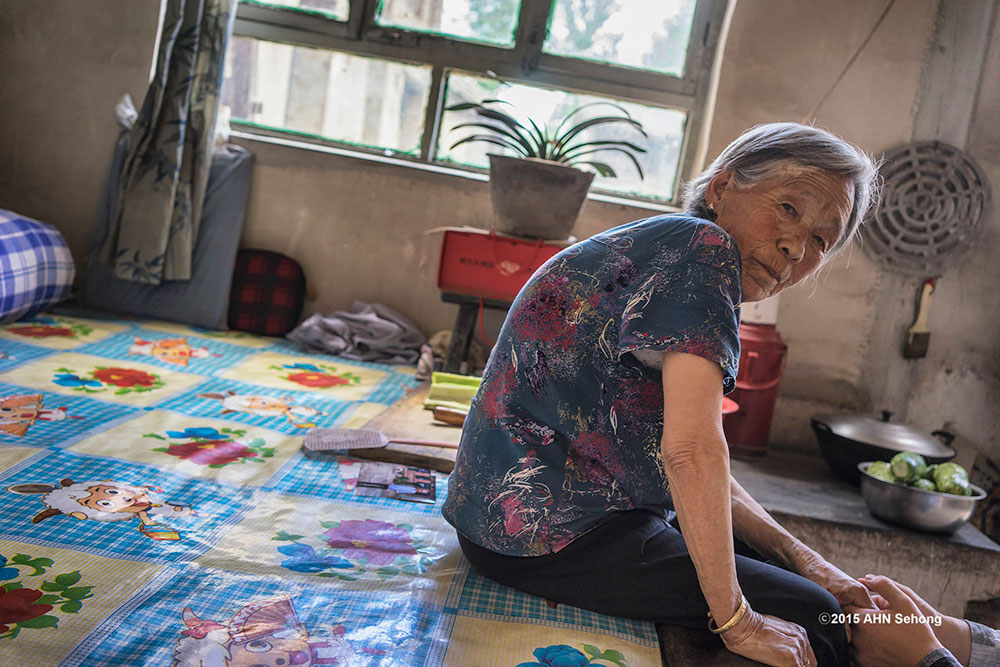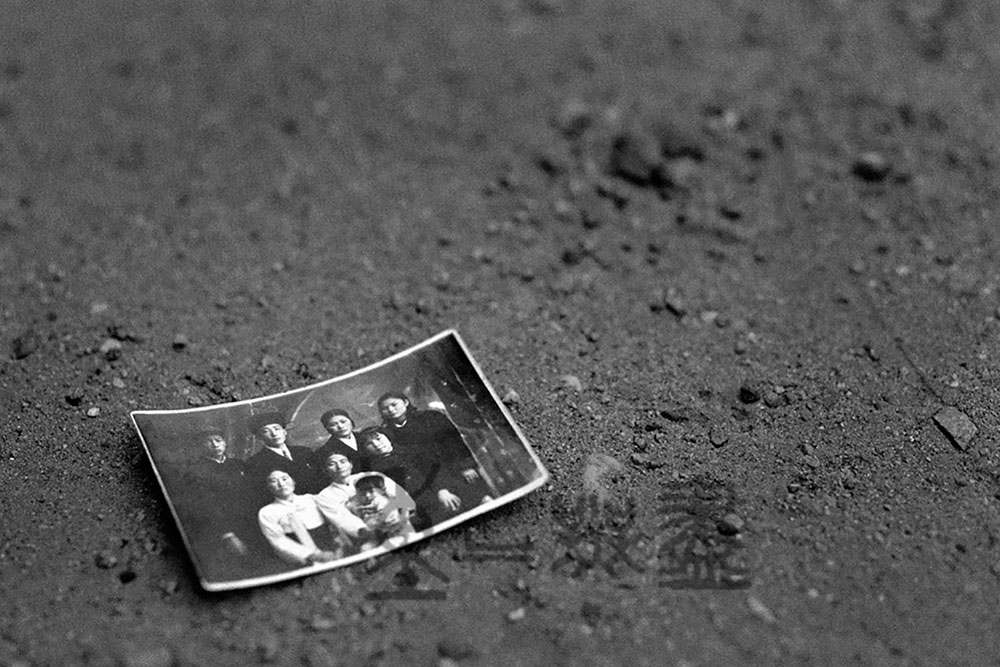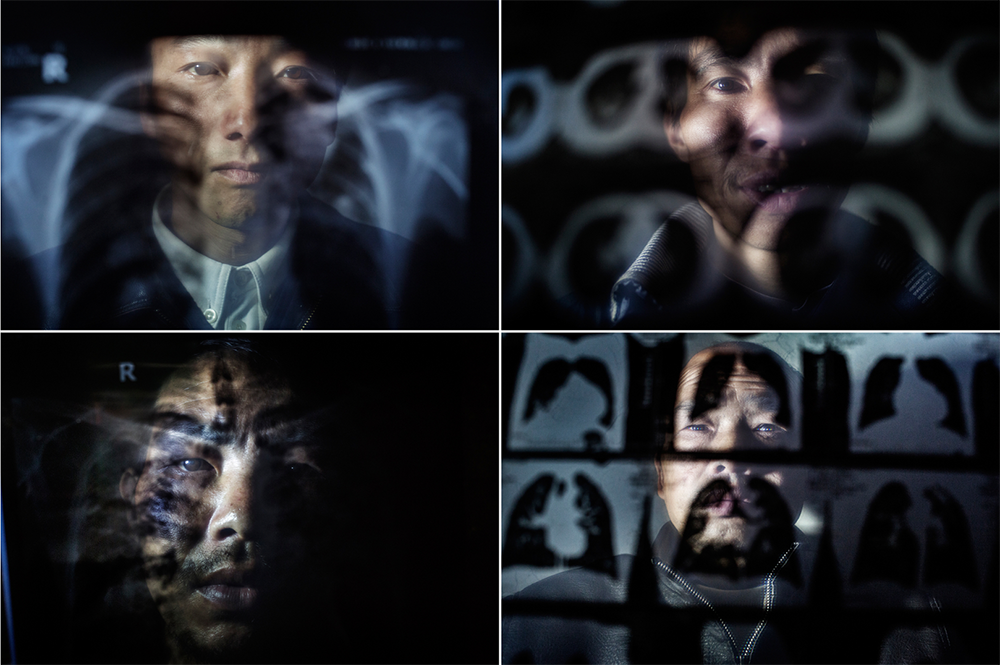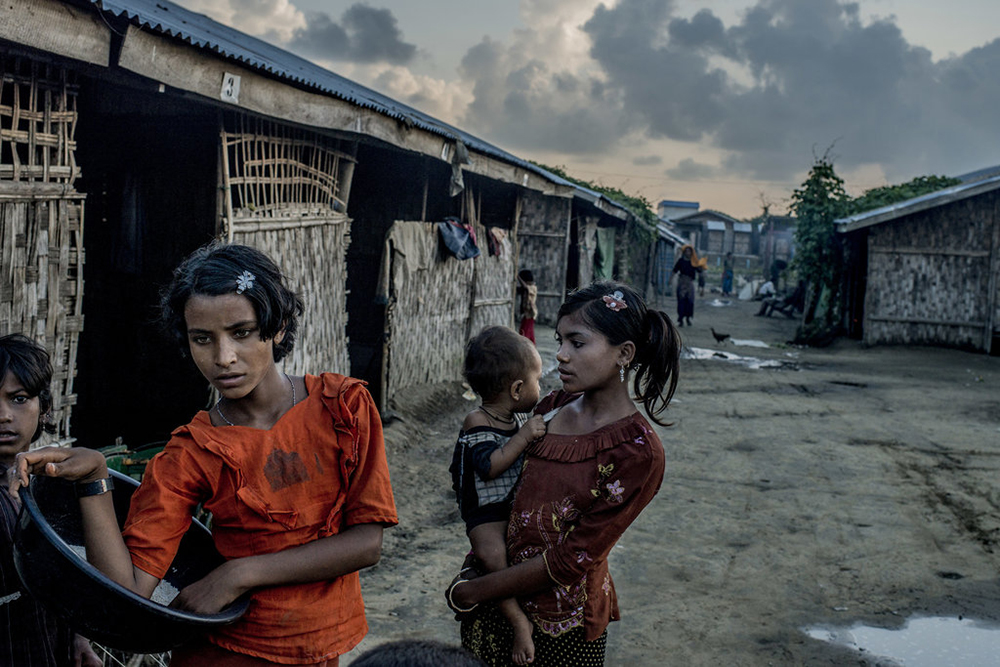Photographs of the survivors of “comfort women” in Asia-Pacific

It has already been 20 years since I started meeting the survivors of “comfort women”. It only seems like it was yesterday when I – as a man – felt guilty and struggled to think of what I could do for the survivors. Then, as a photographer, I decided that sharing the victims’ grief deep down their hearts through photographs was the best possible way I could help them. With the start of an exhibition in Seoul in 2003, I have met a lot of people, including the victimized women who are now quite aged, and learned to sympathize them. And after the first “JuJu Exhibition” (2012) in Japan, I have continued to keep in contact with the women. Although the first exhibition at the Nikon Salon was unjustly interrupted, it was later re-opened with the help of citizens and 7,900 audiences.

I had a chance to meet the survivors now residing in the Philippines in January, 2013 and those in China, South Korea, the Philippines, Indonesia and East Timor last year. Then I realized that although they all suffered from the ordeals during the Japanese colonialism, their tragic stories have not yet been shared well. (by Ahn Sehong).
http://juju-project.net/en/exhibitions/#prettyPhoto
The term of ‚Juju (重重)‘ signifies ‚being piled up one upon another‘, and it is used in the situations of both the survived ‚Comfort Women‘ and our tasks to deal with their related issues stage by stage.
Its director, Ahn Sehong, met those suffering human beings (mostly in their 80s-90s) whose sorrow was ‚piled up one upon another‘ for more than 70 years in the deep furrow of their wrinkles. All of the matters from the past to the present came up to us, becoming grudge that got unravelled one over another. Everything has its seed! In this sense, the more people participate, the more the significance of the proceeding ‚juju‘ will be great.
The Juju Project is the photograph exhibition of the living comfort women that we all are making together. Each voice in ours can get stronger and stronger, and this is able to pay off their old grudges and recovery of their human rights. We appeal to you to support this Project in order to receive a sincere apology from the Japanese government as soon as possible, while a few comfort women are still alive.




